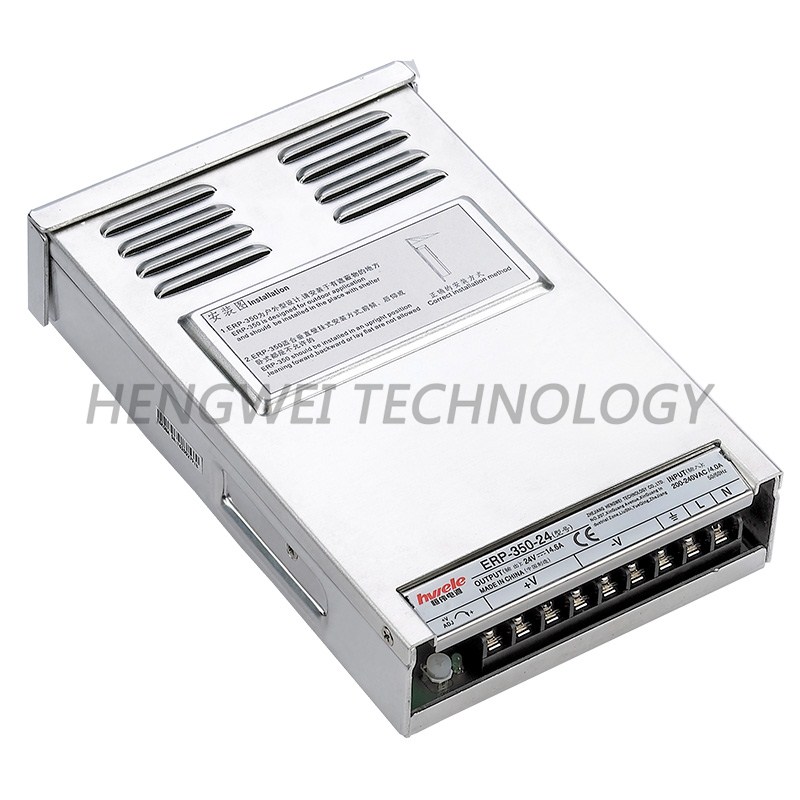The best of EcoWatch right in your inbox. Sign up for our email newsletter!
Founded in 2005 as an Ohio-based environmental newspaper, EcoWatch is a digital platform dedicated to publishing quality, science-based content on environmental issues, causes, and solutions. Led Power Adapter

Researchers at the Massachusetts Institute of Technology (MIT) have developed an ultra-thin and scalable solar cell that can attach to any surface. Despite weighing one-hundredth of a conventional solar cell, the newly developed, lightweight solar cells provide around 18 times more power per kilogram.
Thinner than a human hair, the solar cells can attach to just about anything. The researchers at MIT glued the solar cells to fabric, which opens the possibility of power-generating wearable fabrics. The solar cells could also be scaled up and rapidly deployed for emergency use.
According to the researchers, the ultra-thin, lightweight, and flexible solar cells could adhere to a boat to provide power while at sea, attach to drone wings for longer flying range or could fasten onto tents and tarps to provide power during disaster relief operations. The MIT researchers published their findings in the journal Small Methods.
Traditional solar cells are enclosed in glass and thick aluminum framing for better protection, but the team turned to nanomaterials that are printable electronic inks. A slot-die coater adds layers of electronic materials onto a 3-micron-thick substrate. Through screen printing, the researchers deposited an electron onto this structure.
From there, the team peels the 15-micron-thick, printed solar cell from the substrate and adheres it to a strong but light fabric known as Dyneema to keep the fragile solar cell from tearing.
“While it might appear simpler to just print the solar cells directly on the fabric, this would limit the selection of possible fabrics or other receiving surfaces to the ones that are chemically and thermally compatible with all the processing steps needed to make the devices,” Mayuran Saravanapavanantham, co-lead author and electrical engineering and computer science graduate student at MIT, said in a statement. “Our approach decouples the solar cell manufacturing from its final integration.”
During testing, the solar cells, attached to the Dyneema fabric, generated about 370 watts per kilogram of energy. With this data, Saravanapavanantham explained that these solar cells could generate the same amount of power as a traditional solar installation on a home in Massachusetts while only adding about 44 pounds to the roof.
While these tiny solar cells are durable, the challenge now is to find a way to protect them from the environment without detracting from their benefits of being so lightweight and flexible.
“Encasing these solar cells in heavy glass, as is standard with the traditional silicon solar cells, would minimize the value of the present advancement, so the team is currently developing ultrathin packaging solutions that would only fractionally increase the weight of the present ultralight devices,” Jeremiah Mwaura, a research scientist in the MIT Research Laboratory of Electronics, explained.
By signing up, you agree to the Terms of Use and Privacy Policy & to receive electronic communications from EcoWatch Media Group, which may include marketing promotions, advertisements and sponsored content.
By signing up, you agree to the Terms of Use and Privacy Policy & to receive electronic communications from EcoWatch Media Group, which may include marketing promotions, advertisements and sponsored content.
The best of EcoWatch right in your inbox. Sign up for our email newsletter!

Led Smps 12V 100W Experts for a healthier planet and life.